Over the years we have written a lot about the ever changing landscape of not just Ipe but the tropical decking market in general. In the last year many of our predictions and concerns have come to fruition creating a chaotic state of the market. It seems like it is time to discuss the state of the species and what we can expect over the next year with regards to Ipe availability, quality, and price.
Increased Oversight & Regulation
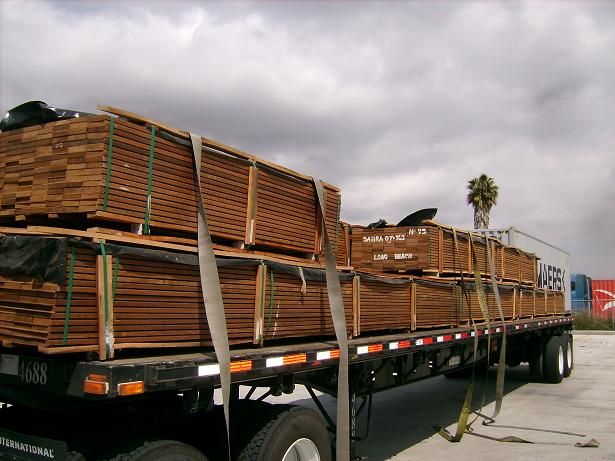
As Ipe grows in popularity and global demand rises, it is even more important that it be managed responsibly with sustainable harvest practices. Brazil has been increasing regulation and line of sight into how Ipe is managed and continues to make improvements to their systems and regulations. One of the exciting things in the works is the new Sinaflor database which will allow every log to be tracked back to the stump so that legal origin can be verified and matched against concession plans. This will take time to implement across Brazil and data integrity growing pains could pose a problem as with any new system implementation. At the same time Brazil has been implementing many new regulations and requirements to track, control, and investigate the supply chain. With these enhancements come delays as some mills are investigated and audited before being allowed to resume exporting Ipe. This can cause a domino effect, because as a sawmill is being investigated, and other party they have shipped logs or boards too must be investigated as well, shutting down multiple links in the chain during the audit. At best this stops production for a week and then everything resumes, but many mills can’t afford to be out of production for a week or two and some of them are closing down completely without the revenue. This is shaking things up as existing suppliers leave the game and new ones come in to fill the void…or not, resulting in a new loss of suppliers and therefore material.
Suppliers Seek Greater Reach
The key
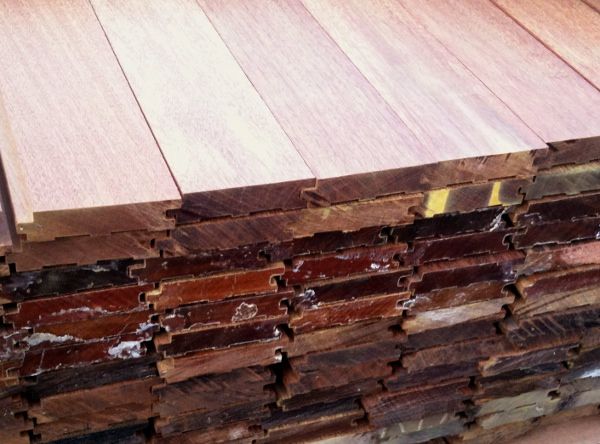
point here is there are fewer suppliers in Brazil. Additionally those suppliers are feeling the pinch of lost revenue and seeking opportunities for increased margins. Some seek to stock material here in the US, while others are manufacturing their Ipe into more specialized products in Brazil before ever shipping it. Those supplier mills may be sorting material for specific uses and then milling that product to meet the need. This produces greater value add, but also higher waste from production. Both factors drive up the cost. At the same time this is offset by brokers looking for containers full of Ipe, sight unseen, for the lowest possible price., These two movements are in direct opposition and we see pricing all across the board.
For an importer like McIlvain we have to be cautious and ensure we are vetting any supplier, especially one we have not done business with before. The upshot is we are walking away from more Ipe than ever before when we can’t be sure of legal origin at worst, and quality control at best.
What’s a Buyer to Do?
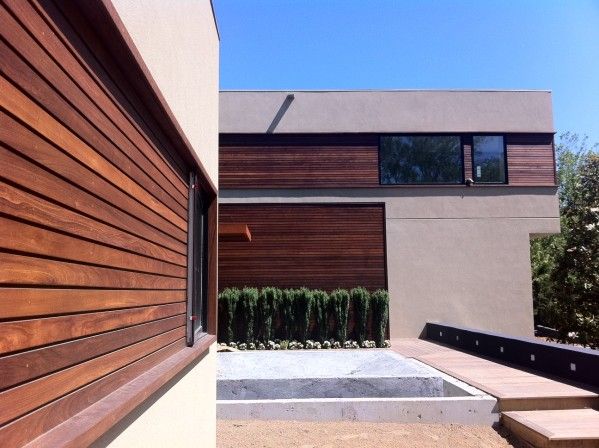
For the homeowner, contractor, builder, whatever…the end user of the Ipe, it is important to consider what you want to do with it and focus on buying that product. Ipe, and other tropical decking products, are more than just decking these days. Rainscreen siding using tropical woods is more popular than ever. Interior flooring and interior panelling are common uses. Outdoor furniture and of course outdoor structures like decks and pergolas will always be a mainstay of the product. The point being that for a product that is synonymous with decking, it is getting used for a lot more things that require different handling. The consumer should aim to purchase the product that is best suited for their application.
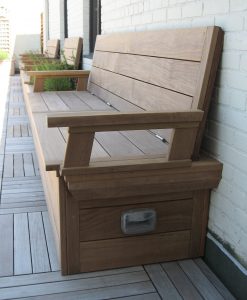
On the other end of the spectrum, a higher price isn’t always better and you must weigh the work done to necessitate that higher price (drying, grade sorting, milling, etc) against what you actually need. For example, a kiln dried and tongue and grooved Ipe board is a terrible option for an exterior deck and it is more expensive due to the higher waste factor and greater labor required to manufacture it. This is a perfect example of getting the wrong product for the job but depending on the dealer you use, it could still be sold as “Ipe decking”.
I do think it is important for the end user to understand all the steps that go on upstream in the supply chain so that they can understand where the price they are paying is coming from. Put another way, greater insight into the manufacturing process can be a great way to actually save money by knowing what you actually need and buying the right product from the right dealer/broker/importer.
What About Alternative Species?
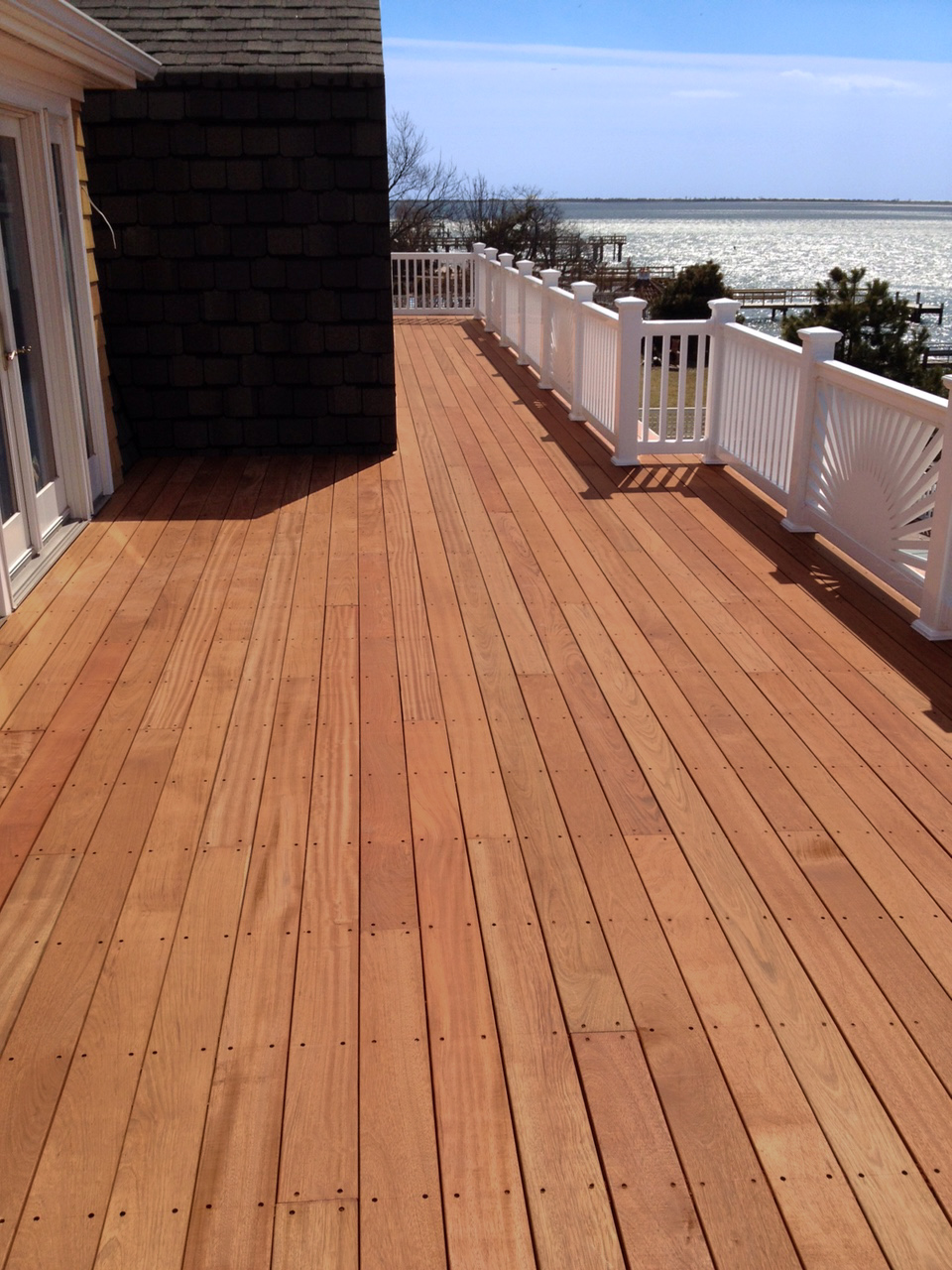
As always, when a species gets popular and prices begin to climb, alternative species can be an answer. Just keep in mind that many of the alternatives to Ipe come from the same source and are subject to the same regulations. You won’t find a mill that only saws Ipe or only Cumaru. In fact if you do, then this is a point of concern since any well managed forest concession will have specific stipulations for multiple species in order maintain a healthy ecosystem.
Long story short (too late), Ipe and the tropical decking and exterior wood products market is a especially volatile right now with many players with different products, relationships, and varying amounts of skin in the game. The buyer will be best served by seeking out a supplier with the greatest line of sight into where the material came from, usually a direct importer. Moreover, the supplier should have the ability to buy and manufacture the Ipe or Cumaru or Jatoba, etc for the specific application you have in mind. To do this, they have to have a LOT of material on the ground.
Pssst! J. Gibson McIlvain does all of that…
Supply will be tight this year, and prices will climb as the decking season wears on. As I write this there are 20+ containers of Ipe due to arrive on our lumber yard in the next few weeks with at least that much scheduled to leave the port in the coming months. We aim to have the material you need and look forward to working with you to get the exact finished product you want. Whether that is sanded and pre-finished decking, or moulded and finished interior paneling. We have the facilities and wood knowledge to choose the right raw material for the best end product for your project.
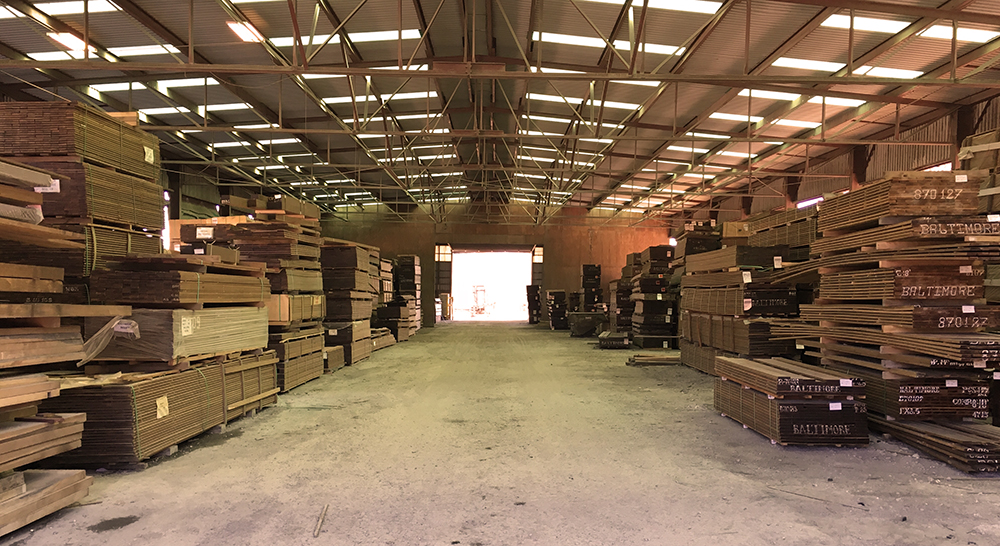

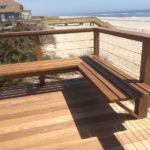
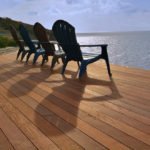
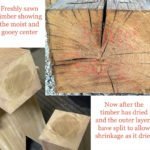
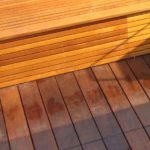
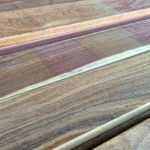
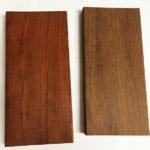


I always enjoy reading your articles. Very informative! Well done! Your company has always supplied a very high quality product. Thank you for keeping me informed!